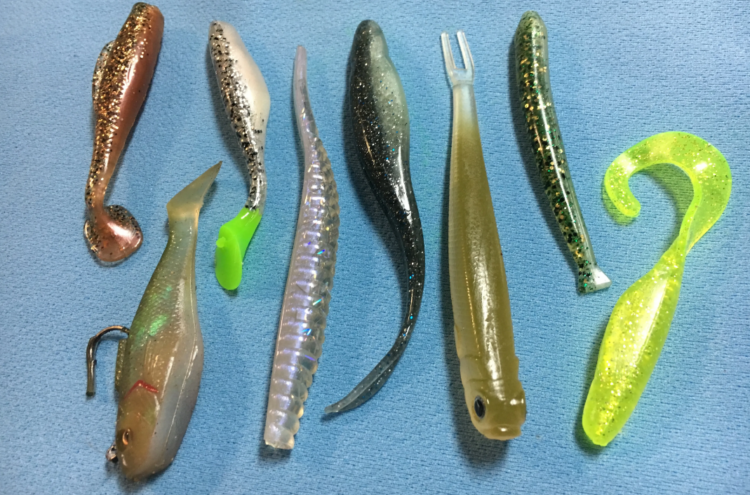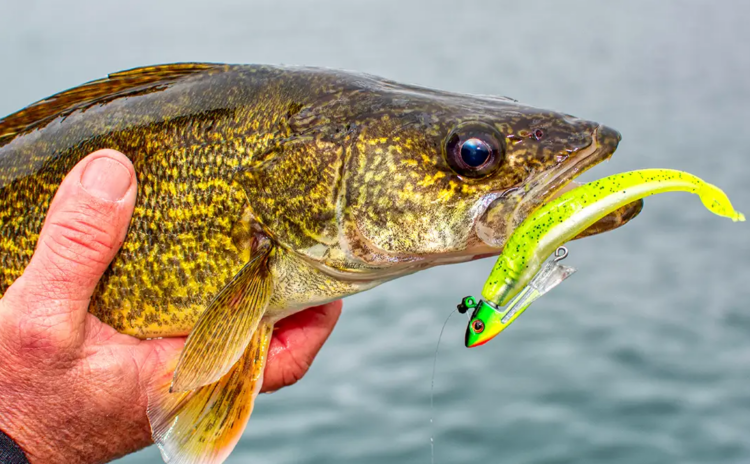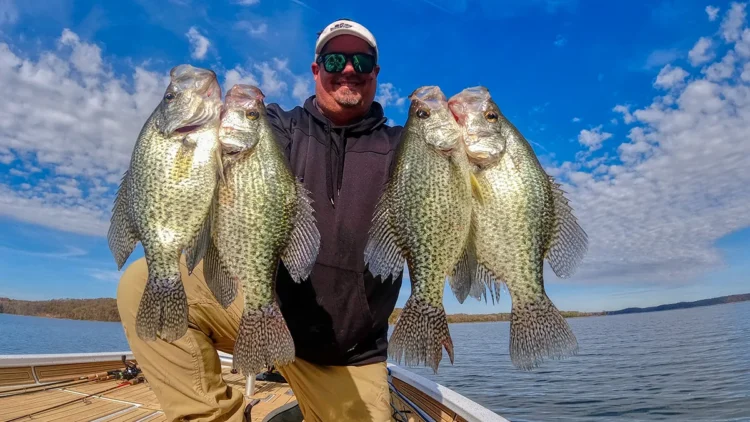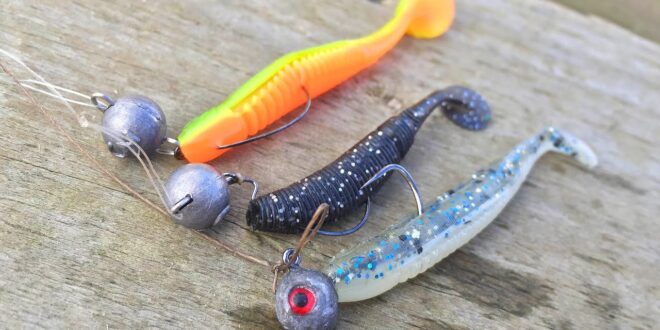When it comes to targeting the delicious Crappie fish, using a jig is a widely used and highly efficient method. Nevertheless, jig fishing may appear straightforward, but it can be surprisingly tricky. Fortunately, there are several techniques that you can employ to enhance your Crappie fishing experience.
Of course, you should be using expert recommended Crappie fishing rods and the right jigs. If you’ve been looking to improve your ‘game’ and become better at using jigs, keep reading. We’ll be looking at four tips to improve how you use them and help you catch more Crappie in no time! Strap in, move to your favorite fishing spot, and let’s get going!
1. Pick Your Color Carefully

The color of the jig head is crucial when fishing for these fish. Selecting the right color can make a significant difference between not getting any bites or filling up your cooler with fish. Crappie possesses exceptional eyesight and is notoriously selective, so the choice of color can greatly impact your fishing success.
To determine which colors to use, it’s good to understand the light and color spectrum in underwater conditions. Generally, vibrant colors like yellow and pink are effective in dark water, while natural colors such as brown and green work well in clearer water.
You should also consider the water depth when choosing colors. Keep in mind that certain colors become less visible as you fish at deeper depths. When fishing for crappies in clear water, it’s best to opt for a jig and soft bait combination in natural colors. This includes shades like green, brown, silver, and translucent tones.
In stained water, selecting a bold-colored jig is recommended. Red, yellow, and pink are all viable options. Choose a jig color that stands out in the stained water without appearing unnatural. Experiment with different colors and patterns to find out which ones elicit the most reactions.
Keep in mind that Crappies are particularly active at night, so fishing for them after sunset can be highly productive. For the best results, consider matching the jig color to the water clarity. For instance, if the lake water is crystal clear, go for natural colors.
On the other hand, if the water is muddy, bold colors like black, lime, red, or yellow are recommended.
2. Choose the Best Fishing Line
When it comes to Crappie fishing lines, there are various styles and colors available, and each has its advantages and disadvantages. Your choice of line is affected by the water clarity of the fishing location and the specific technique being used.
There are three main types to choose from, monofilament, braided, and fluorocarbon. The Monofilament line is a cost-effective and versatile option while the braided line gives you excellent sensitivity and minimal stretch. The Fluorocarbon line is almost invisible underwater, so it’s highly effective in clear lakes and reservoirs. Its low visibility helps prevent spooking the fish.
3. Position Matters

For the best results, you should remain above the Crappie. You can sit off a brush pile and cast it before reeling steadily high above the pile. You’ll then get the joy of watching the Crappie blast off out of the pile and nail it. Alternatively, you can let your jig sit above a fish, and as soon as it shows interest, take the jig away slowly to get them to bite.
4. Measure Your Movement

You should keep your bait moving, or make it not move it at all. Let the fish notice the bait and slowly reel it to keep it moving while ensuring it stays in its range. Don’t try to do too much with your jig, and experiment with the kind of movement that works best.
Now you know how to use jigs with your Crappie rod for better fishing results. You just have to pack your tackle box, load your car, and head to your favorite Crappie fishing spot!
 Hi Boox Popular Magazine 2024
Hi Boox Popular Magazine 2024



